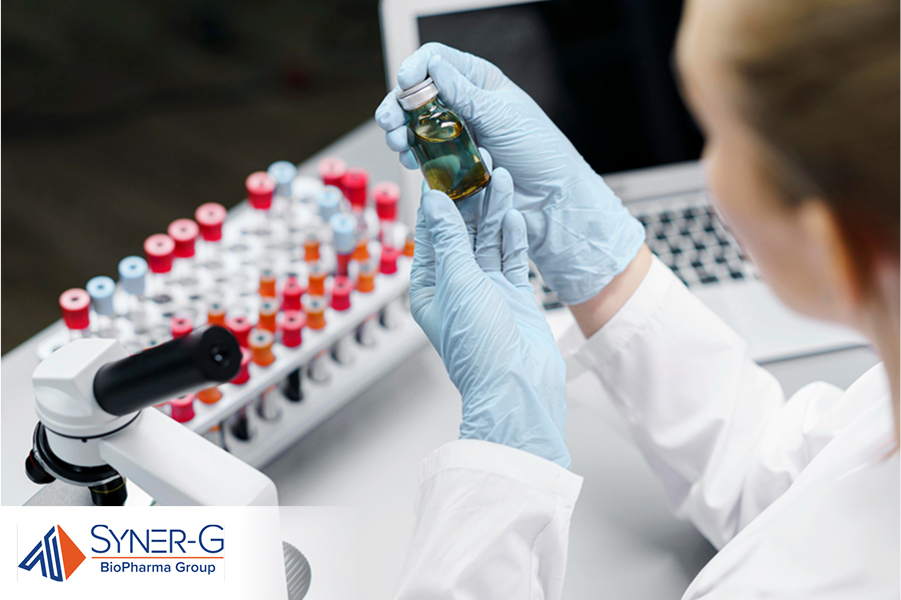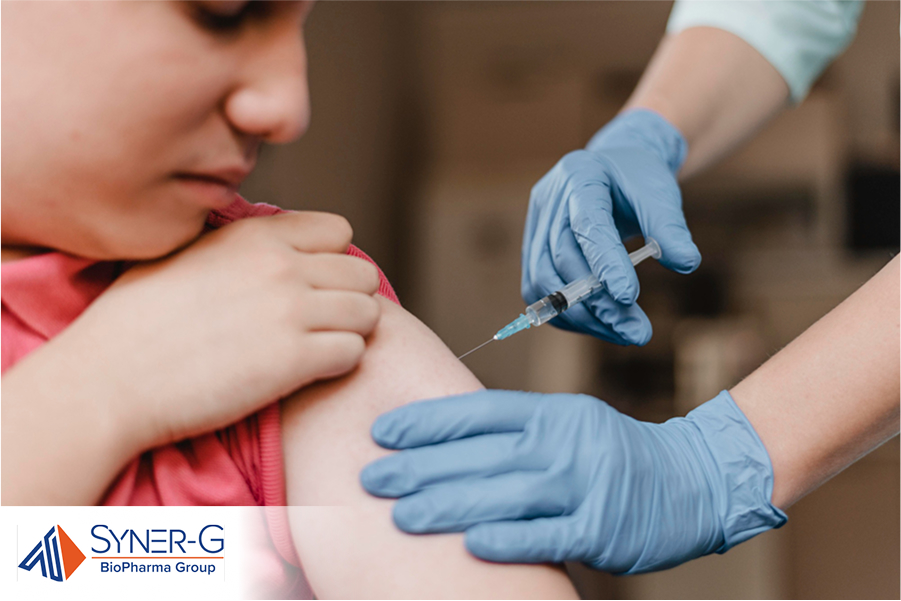In the biopharmaceutical landscape, few regulatory pathways are as rigorous or consequential as the FDA approval process for vaccines. This comprehensive examination illuminates the intricate steps vaccine candidates must navigate before reaching public distribution, underscoring the meticulous scientific evaluation that ensures both safety and efficacy.

The Foundation of Research and Discovery Stage
The journey toward FDA approval begins long before clinical trials, in what experts term the research and discovery stage. During this foundational period, pharmaceutical companies and research institutions conduct laboratory research to identify potential vaccine candidates. Scientists examine pathogen structures, immune response mechanisms, and develop theoretical approaches to stimulate protective immunity against specific infectious diseases.
This basic research establishes the scientific data that will guide subsequent development. Vaccine developers must demonstrate a comprehensive understanding of the target pathogen and the immune system’s natural response to it before proceeding. The research and discovery stage typically spans several years as scientists refine their approach and gather preliminary evidence of a potential vaccine’s viability.
Pre-clinical Phase and Laboratory Validation
Following initial discovery, a vaccine candidate advances to the pre-clinical phase, where researchers conduct extensive laboratory testing and animal studies. This critical stage generates preliminary safety data and verifies the vaccine’s ability to stimulate an appropriate immune response.
During this phase, manufacturing technology development begins in parallel, as pharmaceutical companies establish scalable production processes that will eventually support widespread distribution. The pre-clinical phase must produce sufficient evidence of safety and biological activity to justify progression to human trials.

Regulatory Gateway Through Investigational New Drug Application
Before a trial vaccine can be administered to human participants, vaccine manufacturers must submit an Investigational New Drug Application (IND) to the FDA. This comprehensive filing includes:
- All pre-clinical data supporting the vaccine’s safety profile
- Manufacturing process documentation and quality control measures
- Detailed protocols for proposed clinical trials
FDA scientists meticulously review this application, assessing whether the available data support proceeding to human studies. Under federal regulations, the FDA has 30 days to review the IND submission. If the agency does not place the application on clinical hold within that period, the sponsor may proceed with human trials. The IND review process represents the first major regulatory checkpoint in the FDA approval process for vaccines.
Clinical Development Stage and The Three-Phase Paradigm
The clinical development stage constitutes the most visible and resource-intensive period of vaccine development. Clinical trials progress through three distinct phases, each with increasing participant numbers and specific objectives:
Phase I
Initial studies involve a small cohort (typically 20-100 healthy volunteers) to establish basic safety parameters and identify common adverse events. Researchers also gather preliminary data on the immune response to different dosage levels. These trials focus primarily on the vaccine’s safety profile rather than effectiveness.
Phase II
If Phase I results prove promising, the vaccine advances to Phase II trials involving several hundred participants. These studies expand safety evaluation while providing more robust data on immune response across different population segments. Phase II research helps determine optimal dosage, vaccination schedules, and delivery methods.
Phase III Trial
The most extensive clinical research occurs during Phase III, where thousands to tens of thousands of trial participants receive either the vaccine candidate or a placebo. These large-scale studies generate statistically significant data on both safety and effectiveness. Phase III trials are designed to identify uncommon adverse events that might not appear in smaller studies and provide definitive evidence of a vaccine’s ability to prevent disease.
Throughout all three phases, clinical trial data undergoes continuous scrutiny. The FDA requires vaccine makers to follow strict clinical research protocols and adhere to good clinical practice guidelines. Independent safety monitoring boards regularly review emerging data to ensure participant safety.
Related Article: How Long Does FDA Approval Take After Phase 3?
Biologics License Application and Formal Approval Submission
Upon successful completion of clinical trials, vaccine manufacturers prepare a Biologics License Application (BLA) for submission to the FDA’s Center for Biologics Evaluation and Research. This comprehensive application includes all accumulated data supporting the vaccine’s safety and effectiveness, along with detailed manufacturing process information.
The BLA filing represents the culmination of years—sometimes decades—of development work. It contains thousands of pages documenting every aspect of the vaccine’s development process, from laboratory research through clinical development and manufacturing validation. The review timeline is governed by the Prescription Drug User Fee Act (PDUFA), which sets a goal of 10 months for standard reviews and 6 months for priority reviews, depending on the application’s classification.

FDA Review Process and Multi-layered Expert Evaluation
The FDA approval process for vaccines involves multiple layers of expert review:
- FDA scientists conduct a thorough analysis of all submitted clinical data
- Manufacturing facilities undergo periodic facility inspections to verify adherence to quality standards
- The FDA’s Vaccines and Related Biological Products Advisory Committee, comprising independent experts, provides additional scientific assessment
- FDA investigators may audit trial sites to verify data integrity
This comprehensive review process evaluates both the vaccine’s safety and effectiveness and the robustness of the manufacturing process. The FDA weighs the vaccine’s demonstrated benefits against any identified safety concerns or adverse events documented during development.
Post-Approval Monitoring and Ongoing Surveillance
FDA approval does not represent the end of safety evaluation. After new vaccines receive authorization for distribution, government agencies implement various surveillance systems to monitor effectiveness and identify uncommon adverse events that might emerge only in widespread use.
The Vaccine Safety Datalink and other monitoring programs collect and analyze real-world data on millions of vaccine recipients. This post-marketing surveillance helps detect rare adverse events that even large Phase III trials might miss due to statistical limitations.
Accelerated Pathways for Public Health Emergencies
During a public health emergency or public health crisis, the FDA may employ accelerated review mechanisms such as Emergency Use Authorization (EUA). This pathway allows provisional authorization based on preliminary but promising data when the potential benefits outweigh known and potential risks.
It’s important to note that EUA standards remain rigorous. While full FDA approval requires complete analysis of all the data from finalized clinical trials, emergency authorization still demands substantial evidence of safety and effectiveness. Vaccines operating under EUA continue gathering clinical data toward eventual standard approval.
The Biopharmaceutical Industry’s Commitment to Excellence
The pharmaceutical industry recognizes that vaccine development represents a unique intersection of scientific innovation, regulatory compliance, and public health responsibility. Vaccine manufacturers invest billions in research infrastructure, specialized talent, and cutting-edge technologies to advance candidates through the approval process.
The FDA approval process for vaccines stands as one of modern medicine’s most stringent regulatory frameworks. This comprehensive system balances the urgent need for disease control with the paramount importance of vaccine safety and effectiveness. Through this meticulous process, FDA approved vaccines earn both scientific validation and public trust—essential components in addressing infectious disease challenges worldwide.

